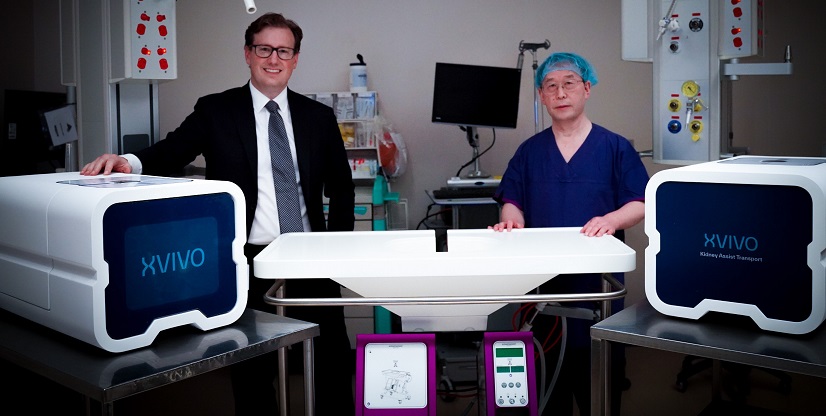Research
Safety Reporting
- Home
- Research
- Discovery and Innovation Unit
- Safety Reporting
When safety reports are required
There are three types of safety reporting for research.
The type you use will depend on your circumstances.
The circumstances are:
- Report safety incidents, hazards and near misses in RiskMan. These are defined in an appendix to our Adverse Patient Safety Event Manual (OPPIC ID, GDL-24370) Incident Management Policy (OPPIC Document ID 12624) and Incident Management Procedure (OPPIC Document ID 2292) on the Pulse;
- Safety reporting for research when it is ethically approved and/or conducted at Austin Health. Submit a safety report immediately to Austin Health using this link.
- Safety reporting for research when it is approved by HREC external to Austin Health. Email us at research@victri.org.au with the following information:
- Copy of Project Progress Report (inclusive of Austin Health annual progress on patient recruitment, findings and lessons learned)
- OR Email research@victri.org.au with Austin Health annual progress on patient recruitment, findings and lessons learned




